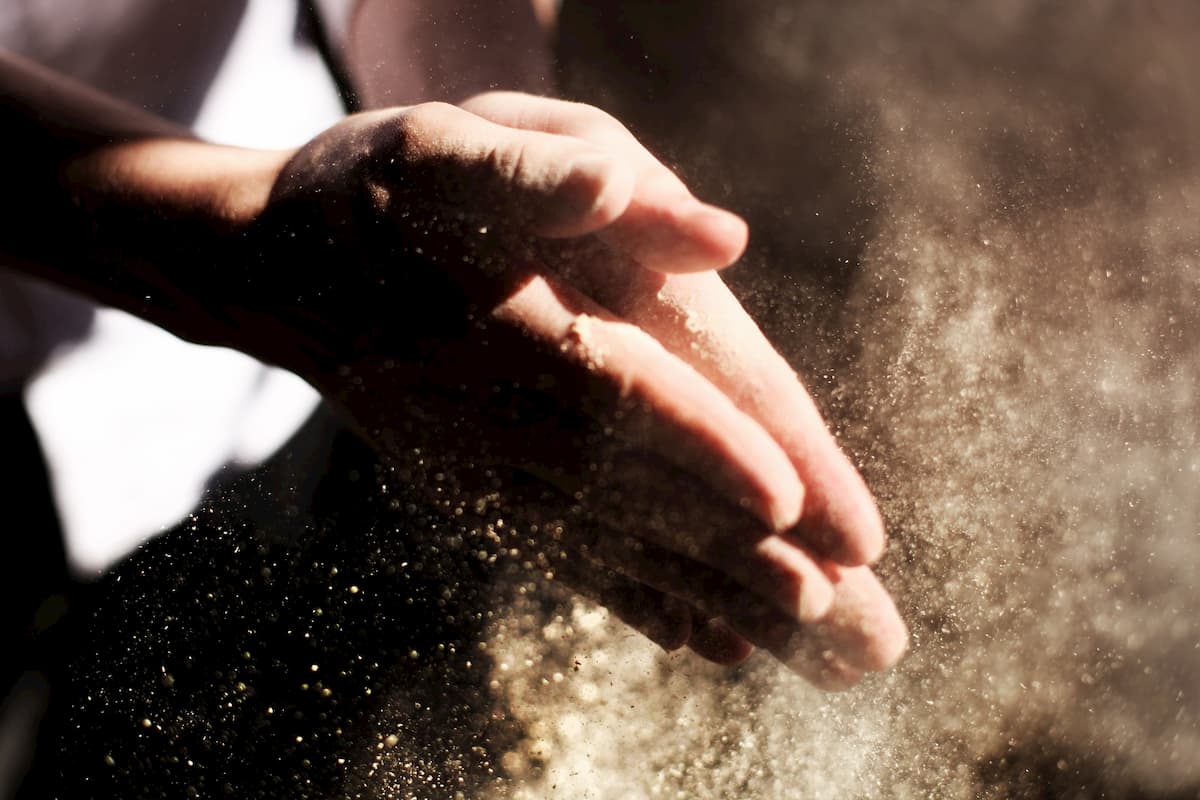
As the saying goes, “knowledge is power,” but too much information can be a curse, especially when it comes to creepy-crawlies, even the ones we can’t see. Maybe even especially the ones we can’t see. Dust mites are a microscopic example of a persistent and pervasive pest. Only measuring approximately 0.3 millimeters, dust mites are found everywhere — no matter your personal hygiene habits or commitment to a clean home.
The following features a few fun facts about dust mites, along with a linked video in case you’d like to see this information in footage form.
Did You Know that Dust Mites…
… are members of the arachnid family but, unlike spiders, pose zero threat to living, breathing humans. Unlike parasites, which attach to a living food source, dust mites thrive on dead skin cells, consuming an average of one million skin cells per day, which makes up a large component of the dust you see on surfaces.
Contrary to popular belief, however, dust is not entirely made up of dead skin cells. In fact, an estimated 60% of dust consists of elements found in the great outdoors, like pollen. But the rest includes dead skin cells and dust mite feces. To give you a sense of a dust mite’s average excrement, consider about 20 fecal pellets per day. Once again, we can’t see these droppings with the naked eye, but we do sleep on top of and surrounded by them.
Dust mites prefer snuggling up in spaces like your mattress, bedding, and pillows — and this is where the majority of dust mites are found in your home. See for yourself…
There are two types of dust mites: American and European, both sharing similar habits and preferences. For example, dust mites thrive on humidity because they don’t actually consume water. Since they absorb it through their skin, they require 50% humidity in order to thrive. Naturally, this means they do better in certain climates and seasons.
Can I Get Rid of Dust Mites?
Well, you can try. In reality there is no proven way to effectively eliminate all dust mites from your home. The best you can do to keep their numbers down is wash your bed linens often and in very hot water, especially during the summer months when the humidity tends to be higher. Removing rugs and carpets from your home also helps, as dust mites like to burrow within those fibers.
Despite these somewhat skin-crawling statistics, dust mites pretty are much just part of the furniture — literally — and nothing to dread.


